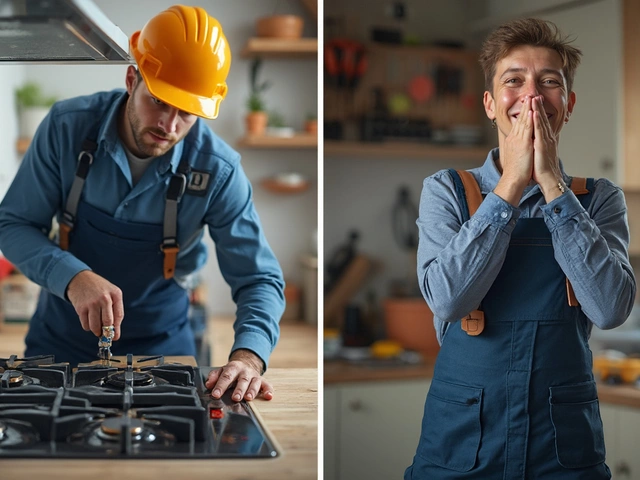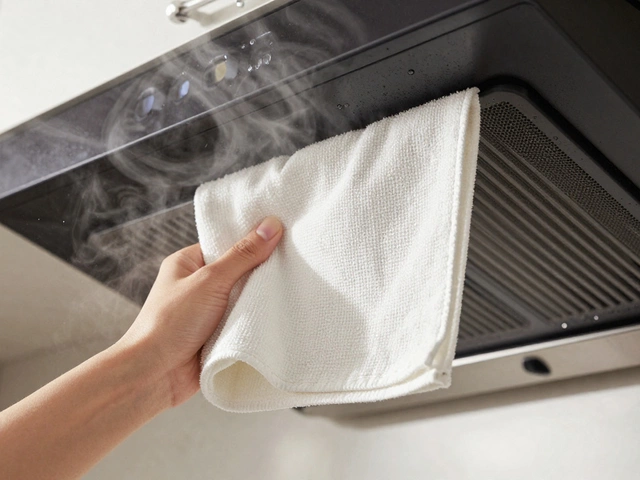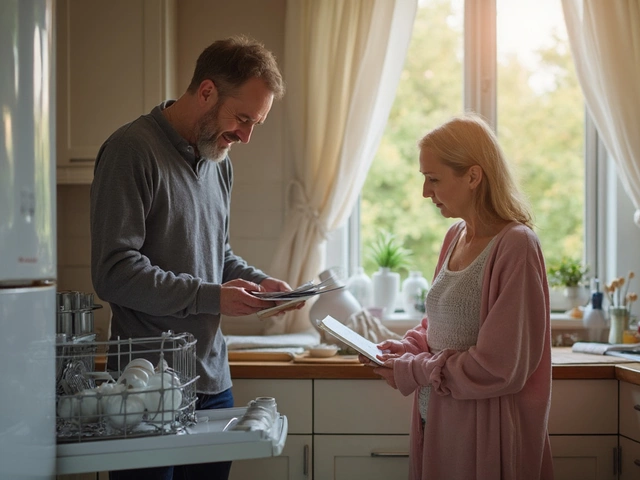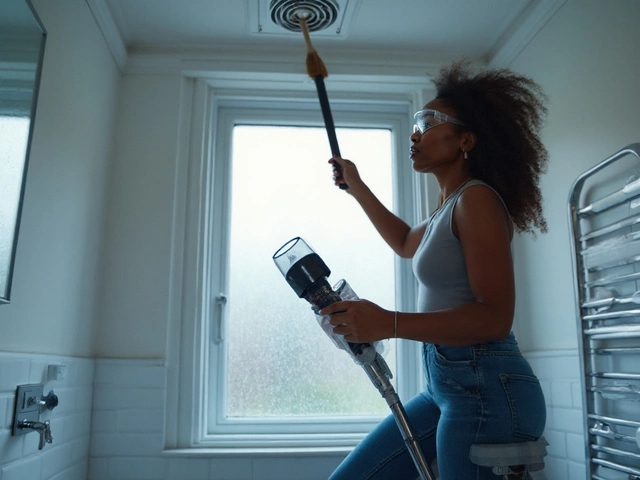Do You Need a Gas Engineer to Replace a Gas Hob?
April 11 2025Water Heater Issues: What’s Wrong and How to Fix It
If your tap runs cold, you hear banging, or the water smells weird, you’re probably dealing with a water heater issue. These appliances run every day, so when they hiccup it feels like a big deal. The good news? Many problems have simple fixes you can try before dialing a professional.
Common Symptoms and Quick Checks
No hot water or lukewarm water – First, make sure the thermostat isn’t set too low. If it’s a gas heater, check that the pilot light is lit. For electric units, verify the breaker is on. A tripped breaker or a blown fuse is a quick win.
Strange noises – Rumbling, popping or knocking usually means sediment has built up at the bottom of the tank. When water heats, the sediment shifts and creates the noise.
Leaking around the tank – A wet spot on the floor points to a failing pipe, a loose valve, or a cracked tank. Small leaks at the drain valve are often easy to tighten, but a rusted tank usually means replacement.
Odd odors – A rotten egg smell signals bacteria in the tank. Running a hot‑water‑only flush can clear it, but persistent smells may need a professional clean.
DIY Maintenance That Extends Life
Regular upkeep stops many issues before they start. Here’s a short routine you can do once a year:
- Flush the tank: Turn off the power or gas, connect a hose to the drain valve, and let cold water run until it’s clear. This removes sediment that causes noise and reduces efficiency.
- Check the anode rod: The rod protects the tank from corrosion. Unscrew it (it’s usually at the top) and look for heavy rust. If it’s more than half worn, replace it.
- Test the temperature and pressure relief valve (T&P valve): Lift the lever briefly; water should flow out smoothly and then stop when you release. If it drips, the valve needs replacement.
Always turn off the main power switch or gas supply before any work. If you’re dealing with an electric heater, switch off the breaker in the consumer unit. For gas units, the breaker isn’t enough—turn the gas valve off too.
When you’ve tried the basic steps and the problem sticks, it’s time to call a certified gas engineer. Issues like a cracked tank, a faulty thermostat, or complex gas‑line work aren’t safe DIY jobs. A professional can diagnose, replace parts, and ensure everything meets safety regulations.
At Bedford Gas Appliance Repair Services we specialize in water heater troubleshooting, flushing, and part replacement. Our engineers are Gas Safe registered, so you get a fix that’s both effective and compliant with local codes.
Bottom line: keep an eye on temperature, noise, leaks, and smells. A quick flush and a check of the anode rod can add years to your heater’s life. If anything feels beyond a simple fix, reach out to a qualified professional and avoid costly damage or safety hazards.
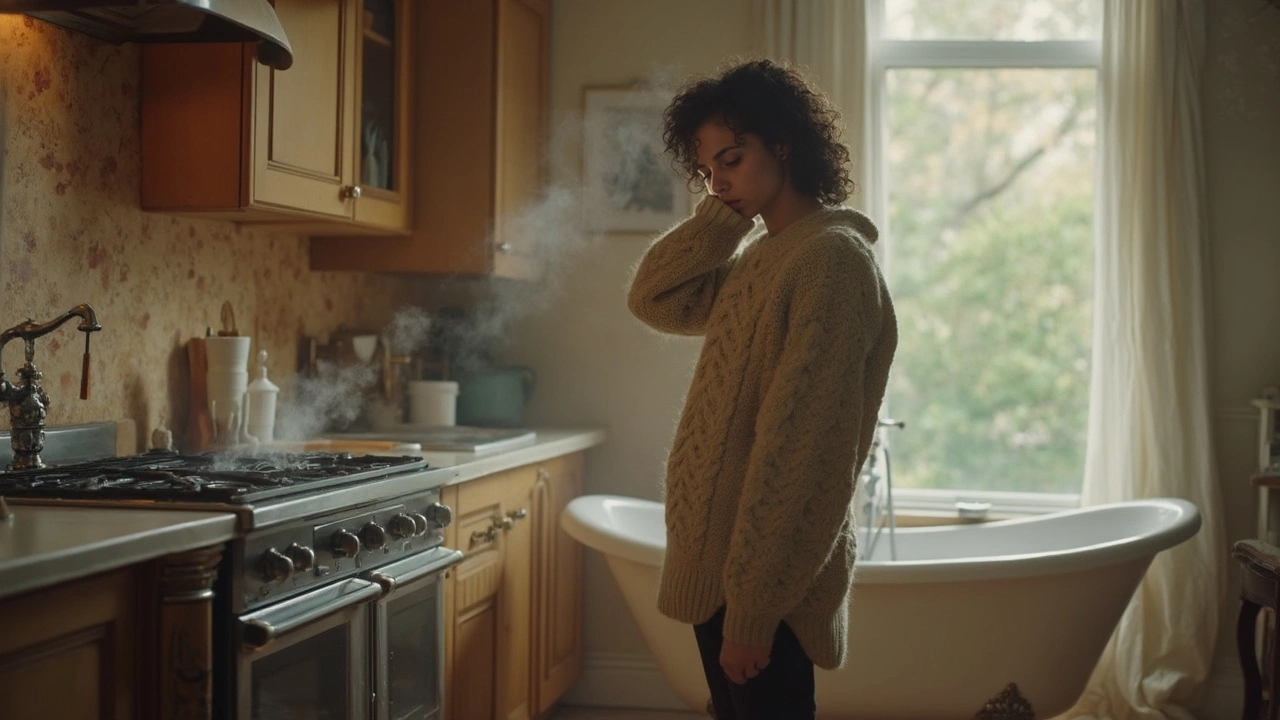 19 Feb
19 Feb
Why Is My Hot Water Hot in the Kitchen but Not in the Bathroom?
Experiencing hot water in the kitchen but cold water in the bathroom can be a headscratcher. This common issue stems from various factors such as water heater settings, pipe lengths, and potential blockages. Whether you’re dealing with sediment buildup or a temperamental mixing valve, understanding these causes is key to a solution. Learn practical tips and tricks to get consistent hot water throughout your home. Dive into our guide for some fascinating insights and handy DIY advice.
Read More...